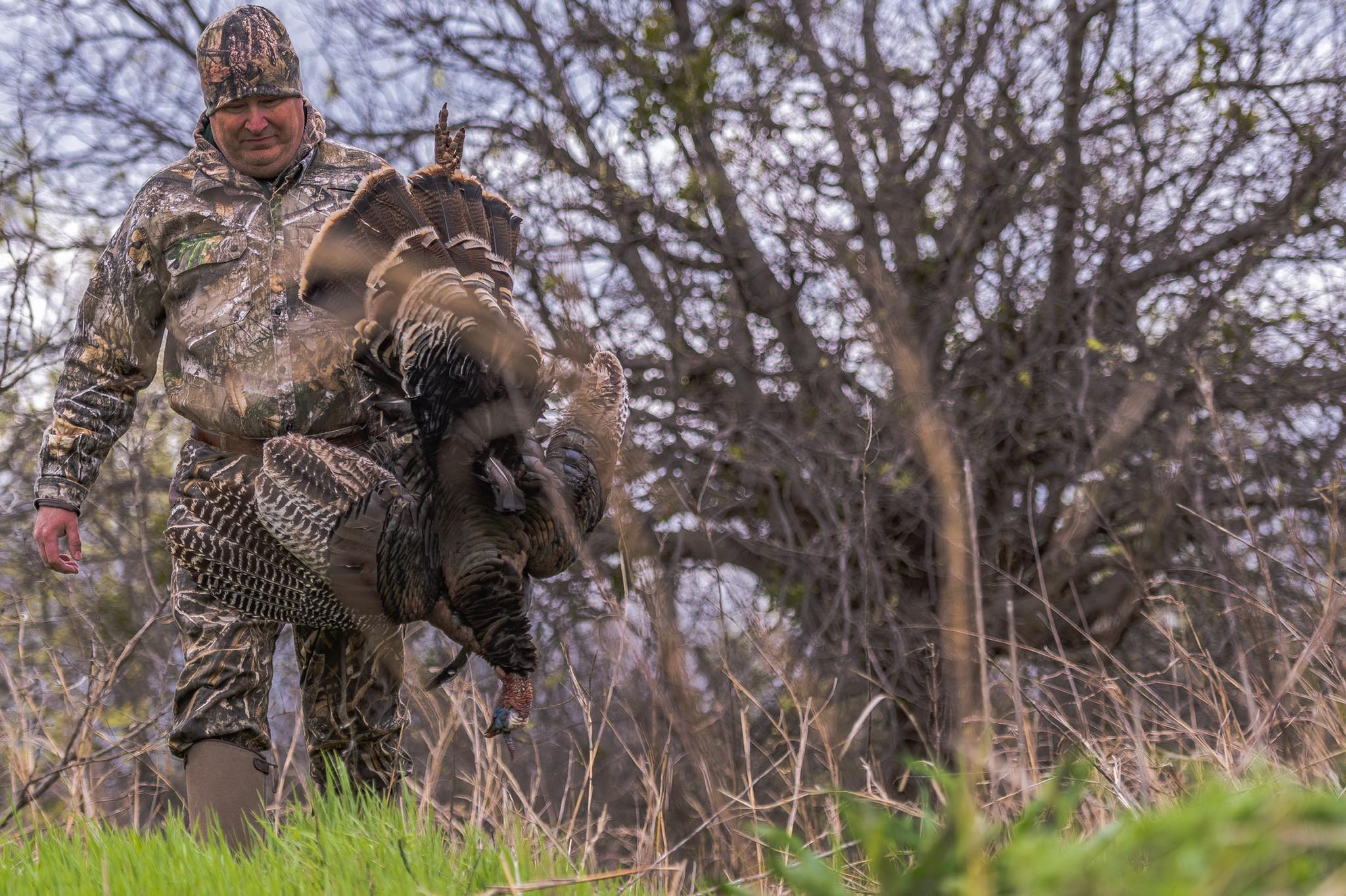Tracking game after a rainstorm presents a unique set of opportunities and challenges for hunters. While wet conditions can make terrain more difficult to navigate, they also offer significant advantages when it comes to spotting fresh tracks, masking your scent, and moving quietly through the woods. Whether you’re hunting deer, turkey, or small game, understanding how to use wet conditions to your advantage can increase your success rate and give you a distinct edge in the field.
In this guide, we’ll explore the benefits of post-rain tracking, discuss how to identify and interpret fresh tracks, and cover essential tips for stealth and scent control in wet conditions.
🌧️ Why Rain Improves Tracking Conditions
Rain can transform the hunting landscape in several ways that work in your favor:
✅ Softens the Ground
Rain softens dirt, mud, and forest floors, making it easier for animals to leave clear and well-defined tracks. Dry ground often produces shallow, distorted tracks that are harder to read, but wet ground allows for crisp, detailed imprints.
- Hoofed animals like deer and elk will leave deep, well-defined tracks in mud.
- Smaller game like rabbits and squirrels will leave more visible impressions in soft soil.
✅ Resets the Environment
A fresh rainfall essentially “resets” the landscape. Older tracks and disturbances are washed away, which means that any tracks you spot after a rain are likely fresh. This gives you a more accurate sense of where animals have recently traveled.
👉 Pro Tip: Focus on trails, creek beds, and open clearings where animals are more likely to travel after rain.
✅ Improves Stealth
Wet conditions naturally dampen sound, making it easier to move quietly through the woods.
- Wet leaves and grass absorb sound, reducing the crunch of footsteps.
- Streams and dripping foliage create ambient noise that helps cover small movements.
👉 Pro Tip: Bend your knees and roll your feet from heel to toe when stepping to further reduce noise.
✅ Enhances Scent Control
Rain helps minimize the spread of human scent, which is one of the biggest threats to a successful hunt.
- Moisture in the air reduces the volatility of scent molecules.
- Ground moisture traps scent, preventing it from carrying as far in the wind.
👉 Pro Tip: After a rainstorm, hunt with the wind in your face to further reduce the chance of game catching your scent.
👣 How to Identify and Interpret Fresh Tracks
Once you’ve positioned yourself in a promising area, it’s time to start reading the ground. Here’s how to identify and interpret the tracks you find:
🦌 1. Deer Tracks
- Shape: Heart-shaped with two pointed ends.
- Size: Buck tracks are typically larger and deeper, while doe tracks are more delicate and narrow.
- Depth: Deeper imprints suggest a larger animal or soft ground.
- Direction: Follow the pointed tips of the hooves to determine the direction of travel.
👉 Pro Tip: Fresh tracks will have sharp, well-defined edges, while older tracks will appear eroded or filled with debris.
🦃 2. Turkey Tracks
- Shape: Three forward-facing toes with one smaller backward toe.
- Size: Male turkey (tom) tracks are larger and more spread out than female (hen) tracks.
- Stride: Longer strides indicate a turkey in motion; shorter, clustered tracks suggest feeding or scratching behavior.
👉 Pro Tip: Look for scratch marks and droppings nearby to confirm the presence of turkeys.
🐺 3. Predator Tracks
- Shape: Rounded with visible claw marks.
- Size: Coyotes and foxes have smaller, oval tracks, while wolves and bears have broader, deeper prints.
- Toe Placement: Cats (like bobcats and cougars) retract their claws, leaving cleaner, rounded tracks.
👉 Pro Tip: Follow predator tracks to locate potential game trails and bedding areas, as predators often hunt near game activity.
🐇 4. Small Game Tracks
- Rabbits: Small, oval tracks with large hind feet and shorter front feet.
- Squirrels: Small, narrow prints with a distinct “leap” pattern.
- Raccoons: Five-toed tracks resembling small human hands.
👉 Pro Tip: Small game tracks are often clustered near food sources or tree cover.
🚶 Stealth Techniques for Wet Conditions
Rain provides natural cover for sound and scent, but mastering stealth in wet conditions can still make a big difference:
🔹 1. Slow Down Your Movements
- Walk slowly and deliberately.
- Avoid sudden movements, which can create noise and startle game.
- Take a step, pause, scan, and listen before moving again.
🔹 2. Step Lightly and Quietly
- Step on the balls of your feet rather than your heels.
- Roll your foot from heel to toe to reduce noise.
- If you have to cross a noisy surface (like dried leaves), step where water has collected to minimize sound.
🔹 3. Use Natural Cover
- Hunt near natural sound barriers like creeks or windbreaks.
- Rain causes water to drip from trees, masking the sound of your movements.
🔹 4. Wear Waterproof and Breathable Gear
- Wet clothing can cause discomfort and noise.
- Invest in waterproof hunting boots and rain-resistant outer layers.
- Choose quiet materials like fleece and wool over noisy synthetics.
🌲 Best Areas to Hunt After a Rain
Game animals tend to shift their behavior after a rainstorm. Understanding where to find them increases your chances of a successful hunt:
🌾 1. Open Fields and Clearings
- Deer and turkeys are more likely to venture into open areas after the rain stops, searching for food.
🌳 2. Creek Beds and Water Sources
- Wet conditions concentrate game near reliable water sources.
- Tracks near water are often fresher and easier to read.
🌲 3. Bedding and Cover Areas
- Deer and predators will seek dry bedding areas after the rain stops.
- Focus on dense cover like thickets and undergrowth.
🌼 4. Edge Habitat
- Transitional zones between forest and open land are prime feeding grounds.
- Deer and turkeys often feed near the edges of fields after rainfall.
🏆 Pro Tips for Success
✔️ Focus on fresh, sharp tracks immediately after the rain.
✔️ Use the wind and natural sound barriers to mask your movements.
✔️ Track animals to bedding and feeding areas.
✔️ Watch for other signs like droppings, rubs, and scratch marks.
✔️ Keep your gear dry and comfortable to stay focused and patient.
🌦️ Conclusion
Hunting after a rainstorm offers a unique and rewarding experience for those who know how to take advantage of the conditions. The softened ground, improved scent control, and natural sound masking give you an edge when tracking game. By reading fresh tracks, understanding animal behavior, and adapting your strategy to wet conditions, you’ll increase your chances of success in the field. So the next time the rain clears, grab your gear, lace up your boots, and get ready to follow the trail — your next big trophy might be just a few steps away. 🏹


